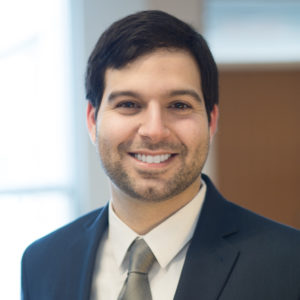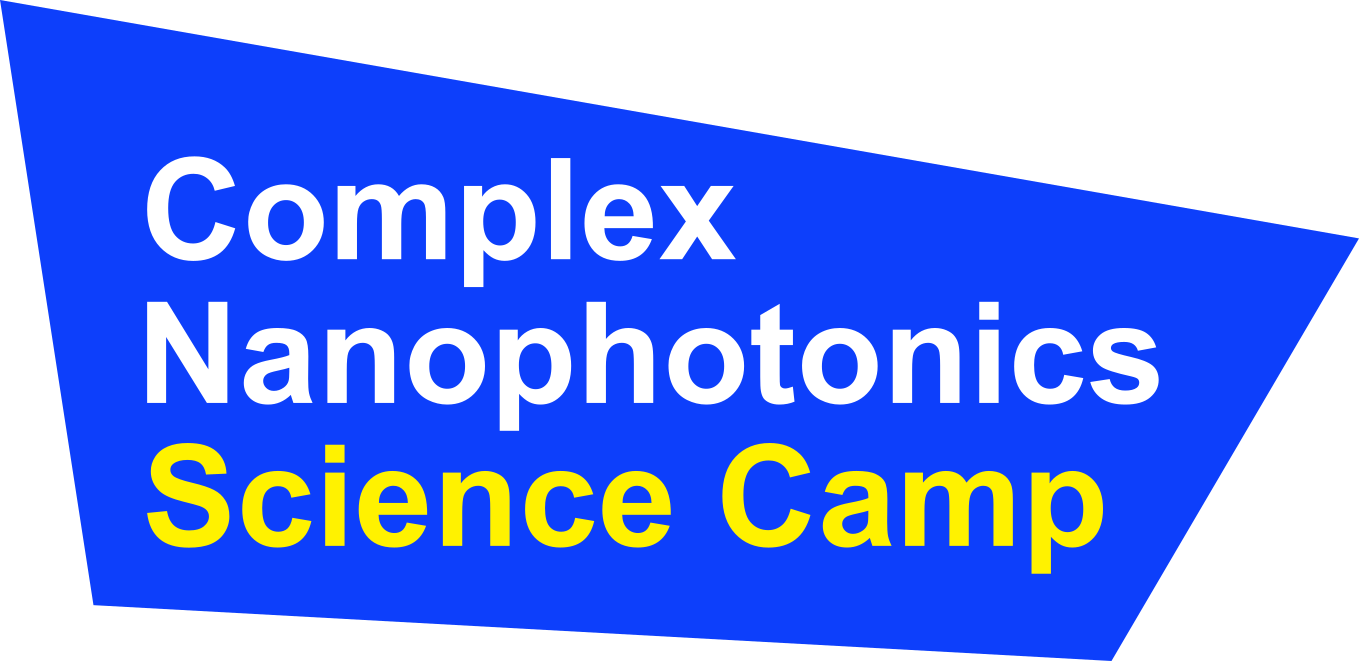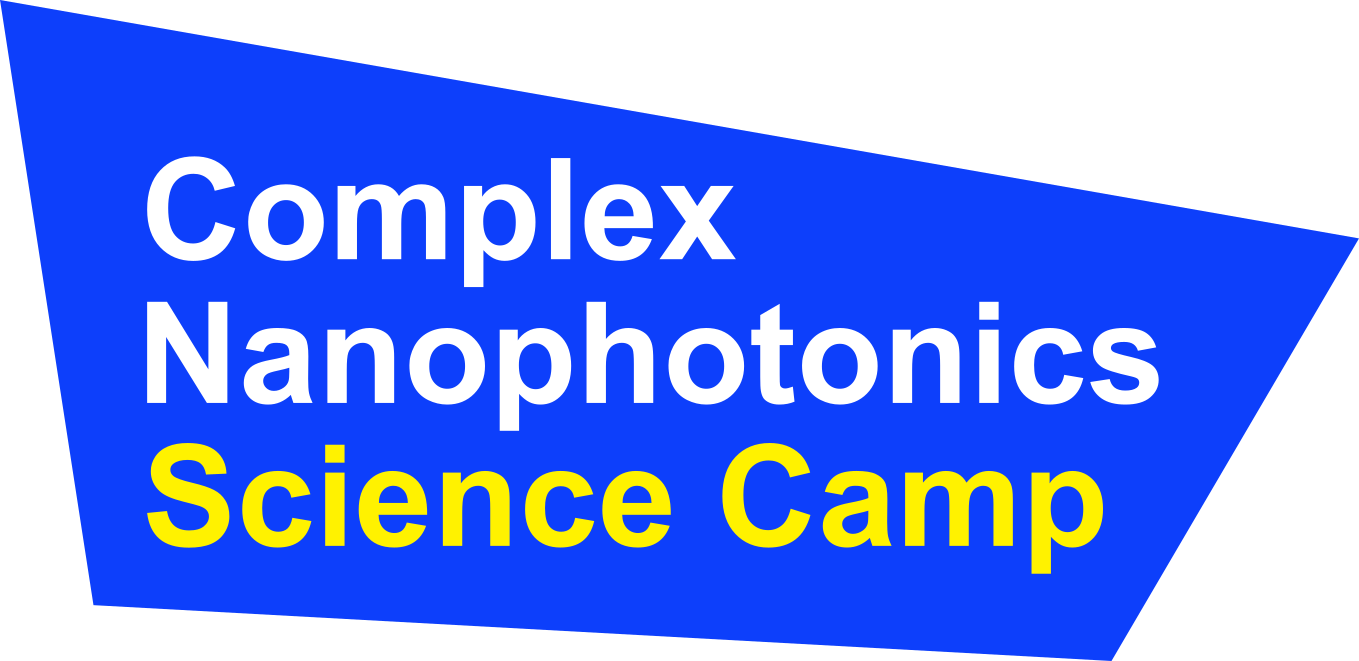
Spaceplates: space-compressing optics for monolithic imaging systems
Metasurfaces — engineered surfaces consisting of sub-wavelength scatterers — promise to miniaturize imaging systems by enabling ultra-thin metalenses. However, even a sub-wavelength-thickness lens requires an additional propagation length commensurate with the lens’s focal length to allow for light to form an image on a detector.
By considering optical elements that operate directly on the Fourier components of a complex light field instead of on the localized field, we develop an optical component (a “spaceplate”) with a nonlocal response that decouples the working distance of a lens from its strength. In effect, a spaceplate acts to “propagate” light for a distance that is longer than the physical length that is occupied by it. We show that an optical element with this property requires a tailored angle-dependent phase, such as what is found in a uniaxial birefringent crystal. We experimentally demonstrate this space-mimicking effect using a 30-mm-long calcite crystal. Our device mimics an additional 3.5 mm of free-space propagation, advancing both the focus of a laser beam as well as a broadband color image towards the converging lens, while preserving the magnification, and without compromising on the operation bandwidth or the numerical aperture, and without any additional lens aberration. Using inverse-design methods, we explore the design space for spaceplates based on multi-layer thin-film stacks and empirically establishing limits on their performance.
This concept promises to dramatically compress the length of all electro-optical systems such as spectrometers, analog optical computers, and, most notably, in imaging applications.
Biography
Dr. Orad Reshef completed his doctoral studies in Applied Physics at Harvard University under the guidance of Professor Eric Mazur. Today, he is working as a Banting postdoctoral fellow under Robert Boyd in the CERC group at the University of Ottawa. He has recently been selected as a member of the 2021 class of OSA Ambassadors.
His research focuses are on metamaterials, nanophotonics, and nonlinear optics. He is interested in engineering interactions and responses that are not typically found in nature by structuring materials on the nanoscale, such as enhanced optical nonlinearities, ultra-thin high-Q resonances, and non-local responses. His work has been published in high-impact journals such as Nature Photonics, Nature Communications and Nano Letters.
Aside from his research focus, he is a co-founder of the Photonics Online Meetup, the original free all-online photonics conference. You can learn more about Orad and his research on his website.


